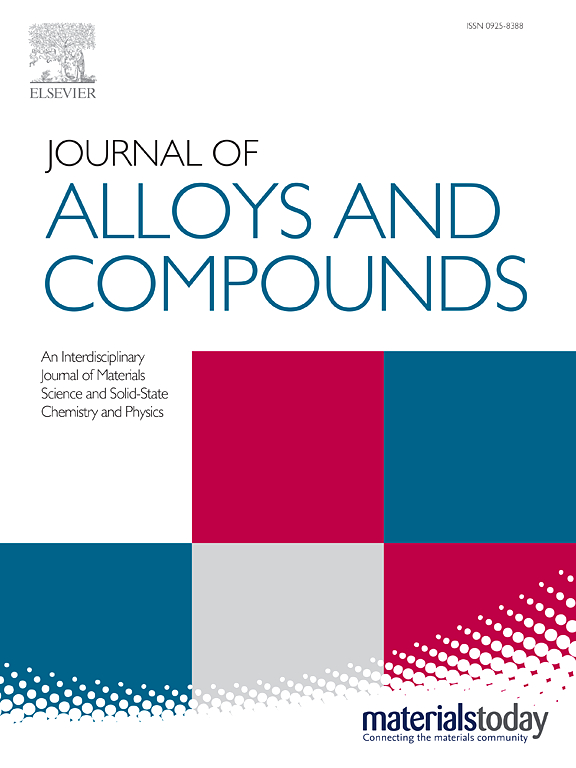Flexible self-powered ultraviolet photodetector based on the GQDs: zinc oxide nanoflower heterojunction
IF 5.8
2区 材料科学
Q2 CHEMISTRY, PHYSICAL
引用次数: 0
Abstract
In this study, we present a flexible UV photodetector with a PET/ITO/GQDs: ZnO/PEDOS/ITO/PET structure, utilizing ZnO nanoflowers (ZnO NFs) which are more suitable for flexible devices. The close contact between the petal-like ZnO flakes helps maintain the integrity of the ZnO layer and mitigate cracking issues, while Graphene quantum dots (GQDs) fill the gaps between ZnO NFs, providing structural support and improving bending stability. Additionally, Se atoms in the PEDOS structure and oxygen-rich functional groups at the edges of GQDs interact with oxygen vacancies on the ZnO NFs surface, enhancing electron transport and further improving device performance. This flexible photodetector shows a high responsivity of up to 2.23 mA/W under room temperature and 0 V external bias (365 nm), with a detectivity of 1.949×1010 Jones, and response times of 0.074 s and 0.082 s. The device demonstrates good light response under different bending angles and after multiple bending cycles, maintaining its detection capability even after 1000 bends, with a responsivity of 1.02 mA/W and a detectivity of 9.930×109 Jones. This indicates that the device possesses excellent flexibility and stability.求助全文
约1分钟内获得全文
求助全文
来源期刊

Journal of Alloys and Compounds
工程技术-材料科学:综合
CiteScore
11.10
自引率
14.50%
发文量
5146
审稿时长
67 days
期刊介绍:
The Journal of Alloys and Compounds is intended to serve as an international medium for the publication of work on solid materials comprising compounds as well as alloys. Its great strength lies in the diversity of discipline which it encompasses, drawing together results from materials science, solid-state chemistry and physics.
 求助内容:
求助内容: 应助结果提醒方式:
应助结果提醒方式:


